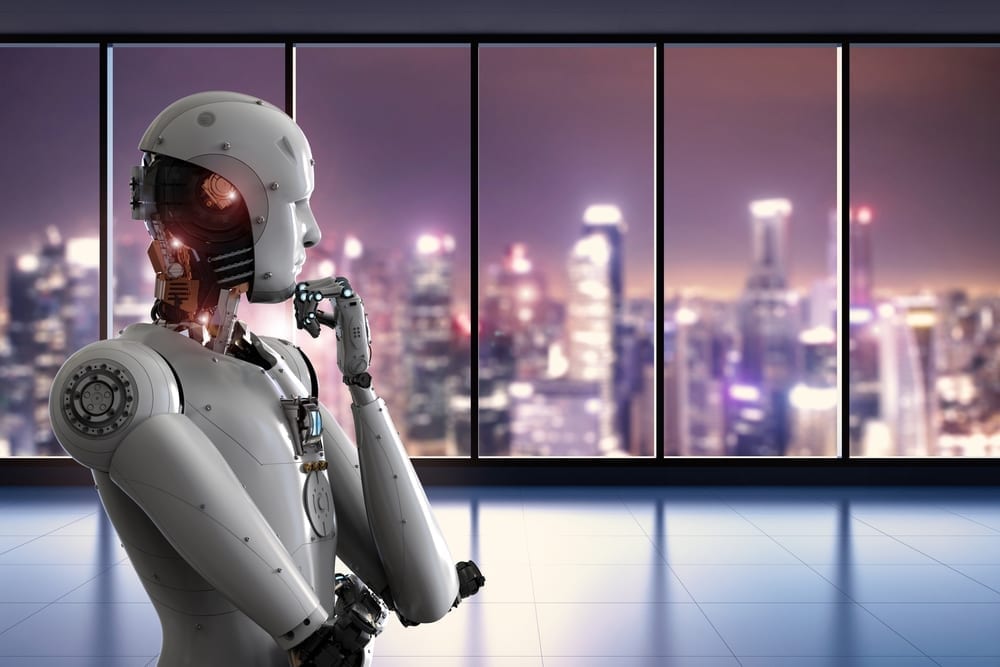More than a quarter of Japanese are now over the age of 65 and the country’s population is still ageing. And Europe is catching up. In the UK 18% of the population is now officially made up of pensioners and its growing. While the idea of living to a ripe old age probably appeals to most the reality is that it also puts significant strain on a country’s care system. Age-related illnesses such as dementia are on the rise as is general infirmity and frailty. 850,000 Brits now suffer from the brain wasting condition dementia and most of those require round-the-clock care.
In Japan, the burden on the state to care for its army of elderly has been intensified by changes to the country’s tradition social and familial structure. In the past, elderly relatives were largely taken care of by younger generations, often living together with them. But the mass entry of women into the workforce over the past few decades and the fact many Japanese, especially the better educated, regularly move cities to pursue professional opportunities has seen that safety net break down for many. High property prices meaning most city-dwelling families live in cramped apartments that mean there is no space to bring in elderly relatives is further compounding the situation.
The crisis has seen care services resort to robots, electronic monitoring systems and the latest AI technology to help with the load. Sensors are being placed under the mattresses of inpatients which alert staff to possibly concerning changes to breathing patterns or if someone has gotten out of their bed. Dementia patients have a habit of wandering off. Infrared technology, which is less intrusive than CCTV, is also often installed in the homes out outpatients. It can also detect if someone has left the premises, fallen or collapsed while allowing the resident to maintain a good level of privacy.
‘Companion robots’ are another development. One example is RoBoHoN, an eight-inch plastic figure with a friendly looking face that is something between human and monkey. Positioned in an elderly individual’s home, RoBoHoN’s role is to alleviate loneliness by making cheery AI-powered comments such as ‘good morning’ and asking after its companion’s health and frame of mind. The robots can also prompt their companions to take their medication or go for a walk, on which RoBoHoN can also be brought along. The robots use voice and face recognition and can identify where their companion is situated in a room, moving towards them.
Those working on robot companions like RoBoHoN believe that AI is advancing at a pace which means that the devices will soon be able to gauge emotion and hold something approaching a human-like conversation with their companions. They will also be able to interact with other technology such as sensors being worked on that can be placed in an armchair to check the stress level of its occupant. This would further develop the emotional intelligence capacity and ability to respond to an elderly companion’s current state of mind.
Exercise classes in Japanese care homes are also now being led by robots. On example is Pepper, a 5ft humanoid robot whose movements elderly patients should copy as part of their daily exercise routine. However, some, especially those suffering from depression, seem more enthusiastic to interact with Pepper robots than human care staff. Robot animals have also been demonstrated to have a strong comforting effect on dementia patients.
Advancements in robotics and AI technology will certainly have a place in future care systems for the UK’s elderly as well – costs will dictate that. But it raises a crucial question that needs to start being considered now. Even if robots with the kind of AI that will exist 10 years from now might seem to have an emotional relationship with their patients or ‘companions’, the fact is they are algorithms, plastic, metal, fur and electronics. It’s not a ‘real’ relationship. As birth rates in developed countries drop and lifespans increase, an ethical debate on the extent to which we can entrust the care of our elderly to machines will need to take place. And perhaps sooner rather than later.










Leave a Reply